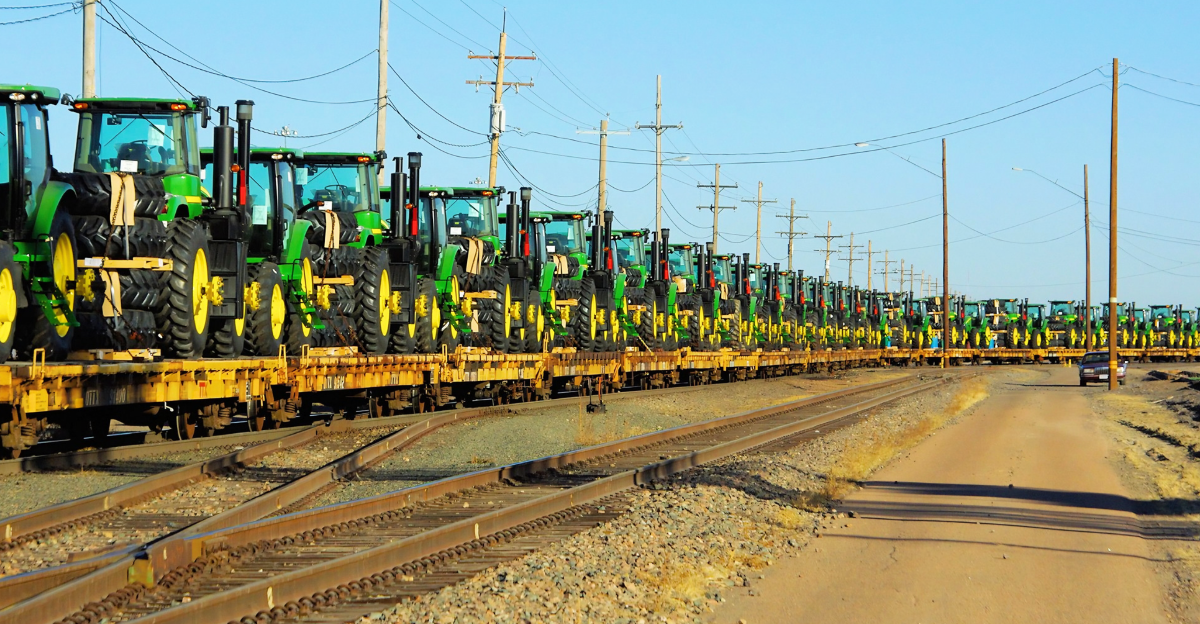
John Deere has been a successful and well-renowned company for nearly two centuries, providing reliable agricultural equipment in America and other countries worldwide. Generations of farmers have been buying reliable tractors and other equipment that’s boosted much of the U.S.’s agriculture.
However, after so long, John Deere made a bold decision to move some of its production lines elsewhere. This will have an impact not only on the company but on thousands of workers who depend on local employment.
Shifting Production Lines
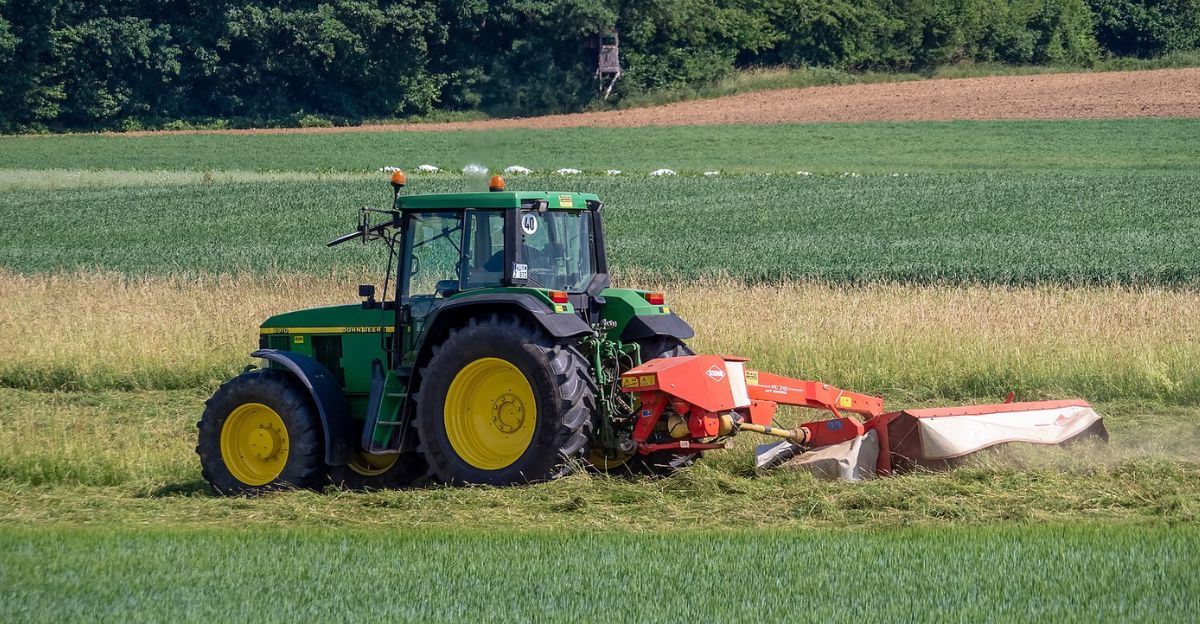
John Deere has important production lines in different states across the country, but recently, have made the decision to lay off employees in some of these key production sites. The closure of factories in Iowa and Illinois spell trouble for their workers. Over the last ten years, reports have suggested that the company has laid off more than 4,000 employees, and more could face uncertainty in the future.
The reason behind this could be attributed to a number of factors, although John Deere itself states that it’s all about optimizing its operations. Thousands of American families are going to be affected by the fallout, but what could be prompting such a radical shift?
A Legacy At Risk
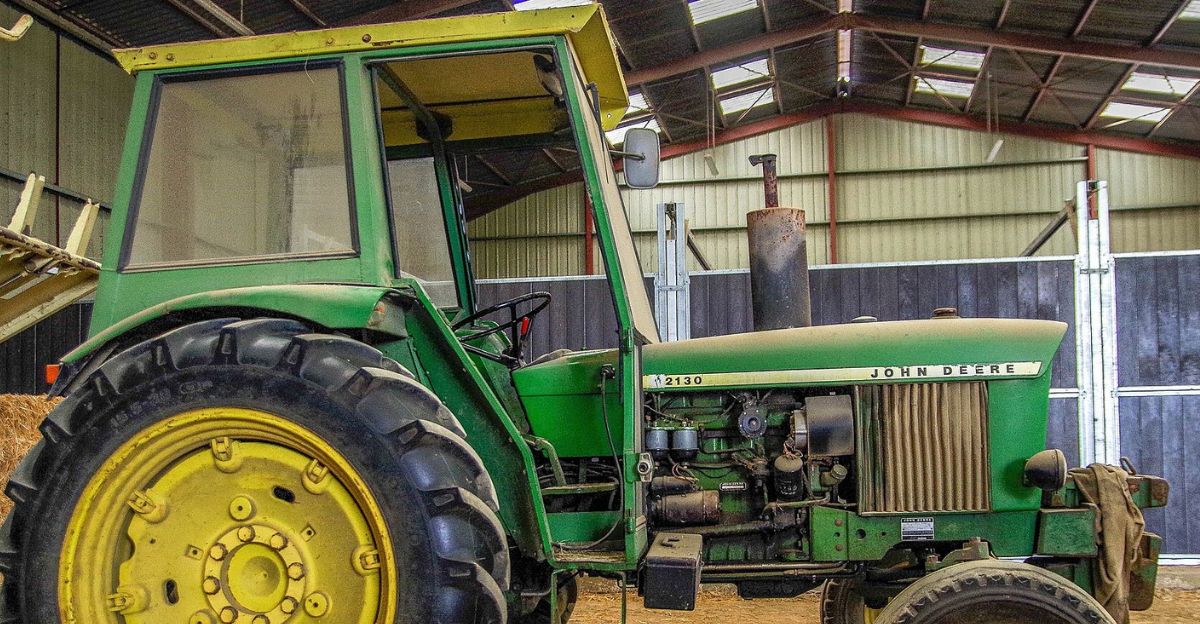
The company has been an integral part of the agricultural industry for nearly 200 hundred years, enabling local farmers to properly farm and harvest their yields across American history. This has made John Deere a symbol of American ingenuity, reliability, and loyalty. John Deere was always the dominant business when it came to its equipment, being found across the country in both farmer’s fields and construction sites.
Factory workers were proud knowing the equipment they were building was fueling America and creating a legacy. However, for the first time since its inception, John Deere is considering a move that could change these values.
Having To Adapt
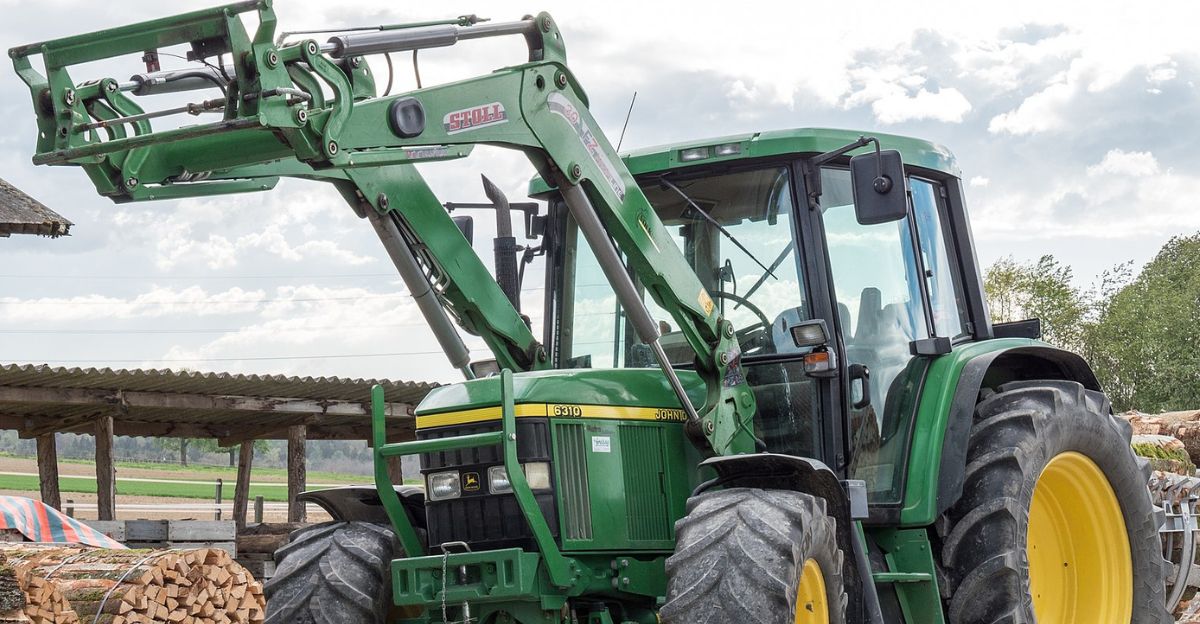
The company has to reconsider generations of tradition due to a host of economic concerns. It needs to adapt, or it could face shrinking in a competitive and complex market. Steel and aluminum prices have risen due to tariffs, as well as overall demand for products declining as farmers struggle amid trade policies.
The company is also facing increasing competition undercutting them from other countries. However, one of the driving forces for their decision to move production lines is due to the labor market in the United States.
Moving Production South

While John Deere has been freezing key production sites in U.S. states, they’ve also been moving some of their production from Iowa to a foreign country south of the border. Projections suggest that by 2026, John Deere will have a new factory up and running in Ramos, Mexico, worth $55 million.
This factory will be taking over production from the Dubuque Works facility in Iowa, which was responsible for mid-frame skid steer loaders and compact truck loaders. This means that proud Iowa factory workers have been laid off, only to continue the same production in another country that has a cheaper workforce.
Not Everything Is Moving

While production from Dubuque Works is moving, not everything else is. Production lines responsible for large-frame loaders, backhoes, and similar heavy equipment will still all come from the United States, but if one factory was moved across borders in the best interest of the company, anything’s possible in the future.
While Iowa loses an important factory responsible for generating countless jobs, the new production site in Mexico will make the company more flexible, leveraging the cheaper labor market in the country. To local workers and Americans alike, this could feel like a slow retreat from tradition.
The Impact On Jobs
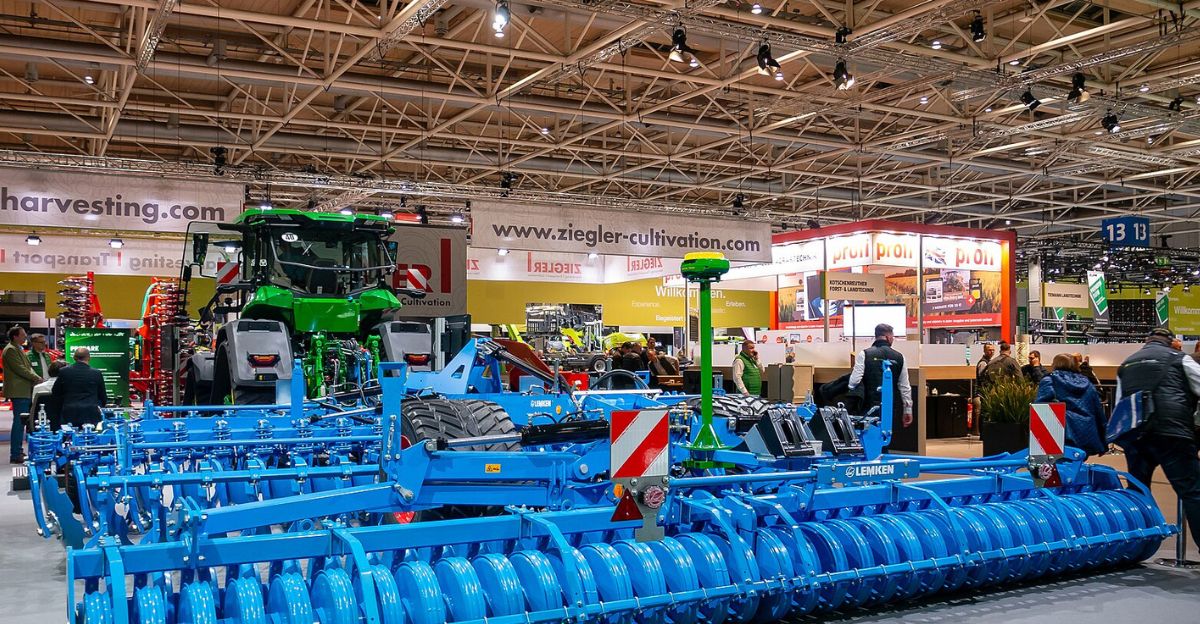
In the shadow of the production pivot, jobs are on the line, with thousands of employees being laid off from important factories in Waterloo, Dubuque, and Ottumwa. More could be laid off as John Deere looks to stay a global competitor in its market.
This means that there aren’t just implications for many families and their livelihoods but also for traditions and economic strength in towns. Many communities have supported the company for generations, and this pivot could be seen as a betrayal.
Political Threats
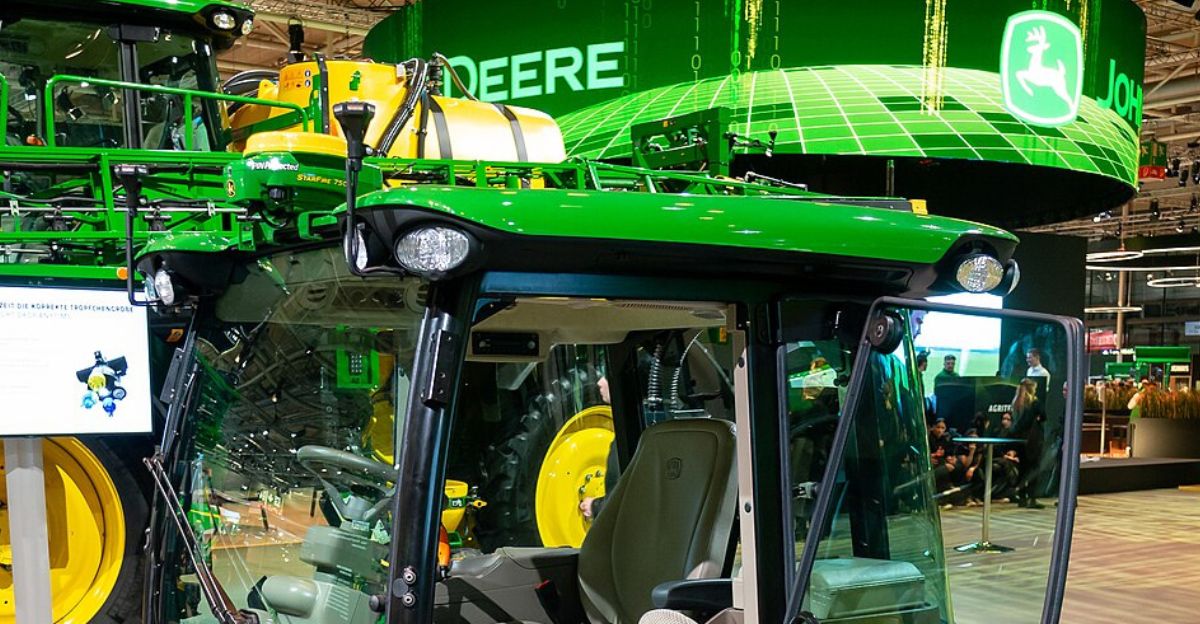
As John Deere makes this radical move, it hasn’t gone unnoticed, especially those who are now in power. President Donald Trump warned the company that their Mexico-based operations could lead to increased tariffs. A 200% tariff on any John Deere equipment imported from Mexico was threatened, but the company is going ahead with its plans anyway.
However, the company states it isn’t “abandoning America” and rather looks to tight trade policies and labor markets, redirecting the blame. This could be part of a bigger picture as other large companies watch John Deere play its hand.
Forced Down Certain Paths
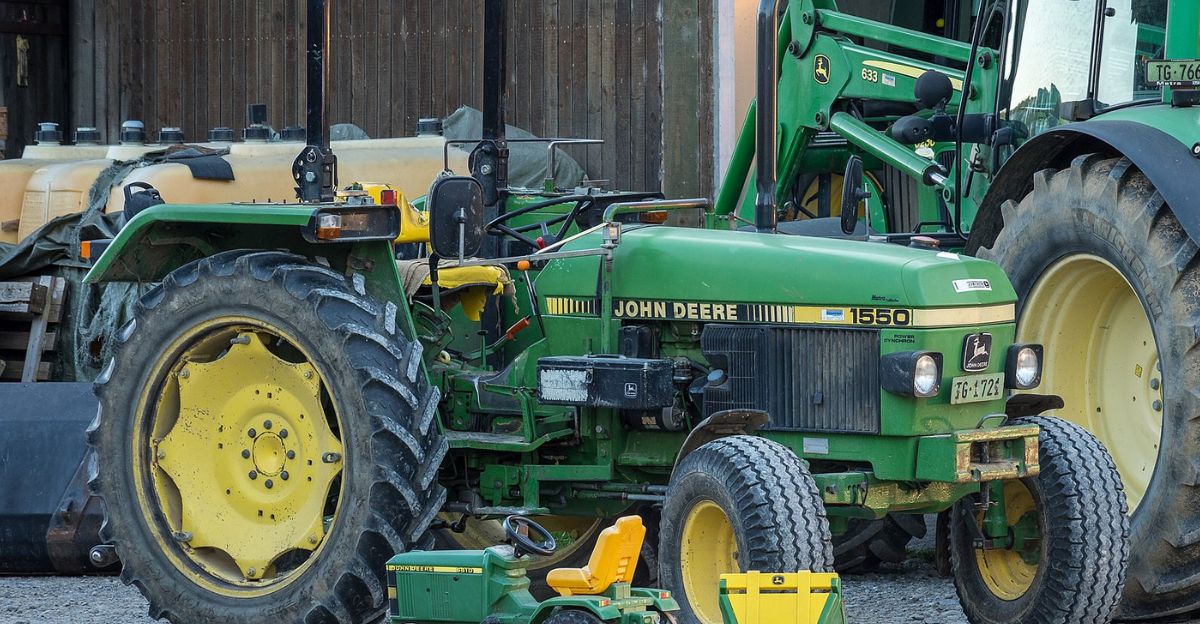
While many could see this as a betrayal on John Deere’s part, the long answer is much more complex than that. Manufacturing costs in the U.S. are skyrocketing amid tariffs and other economic factors. Global demand is also changing, which creates an environment where some companies may feel they are forced to adapt and find increased efficiency elsewhere to keep profit margins the same.
John Deere has suggested that Latin American markets are thriving, but it also means leaving behind loyal workers who’ve trusted the company for many years.
The Future
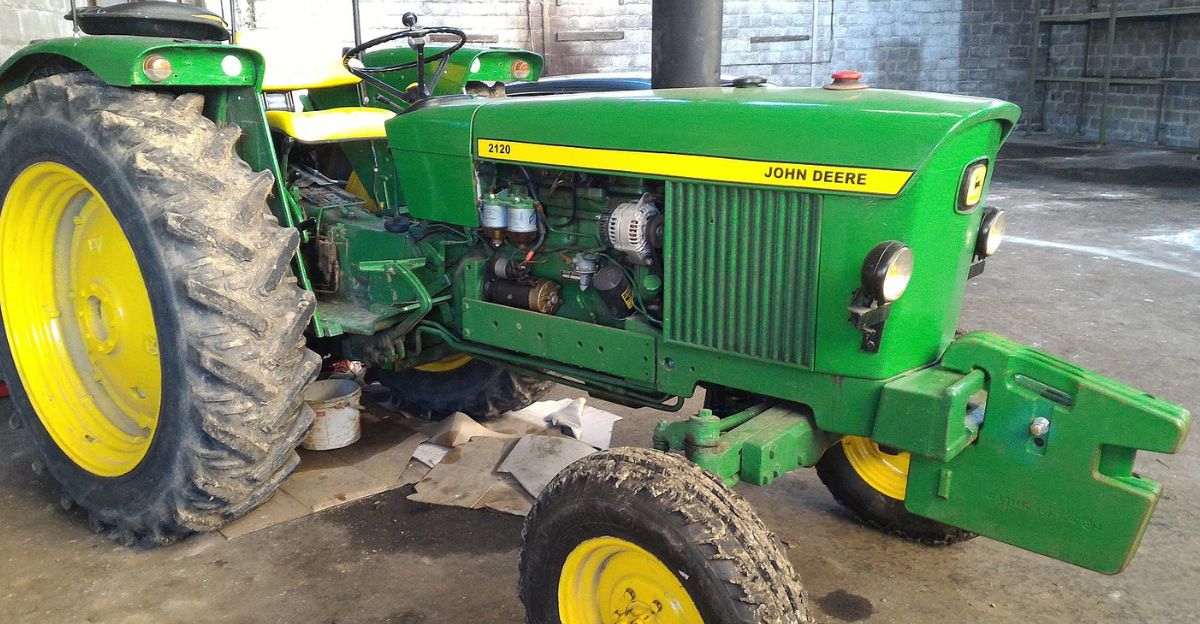
John Deere is looking ahead to innovation, efficiency, and global competition rather than looking behind. This is a regular trend in large companies that want to stay relevant in an ever-evolving market.
Other companies may even follow suit in the future, and this could be the start of a decline, not just for local economies but also for the livelihoods of many Americans. Iconic John Deere equipment will continue to roll out of factories and into the hands of U.S. markets, but where it comes from may change in the future. This has a variety of implications, including increased prices for consumers if tariffs are imposed.
Discover more trending stories and Follow us to keep inspiration flowing to your feed!

Craving more home and lifestyle inspiration? Hit Follow to keep the creativity flowing, and let us know your thoughts in the comments below!
